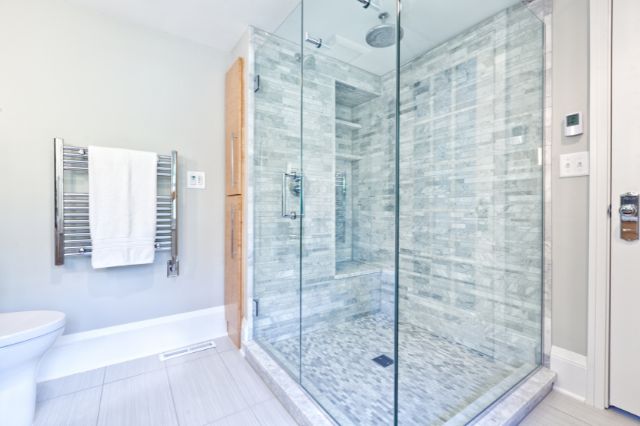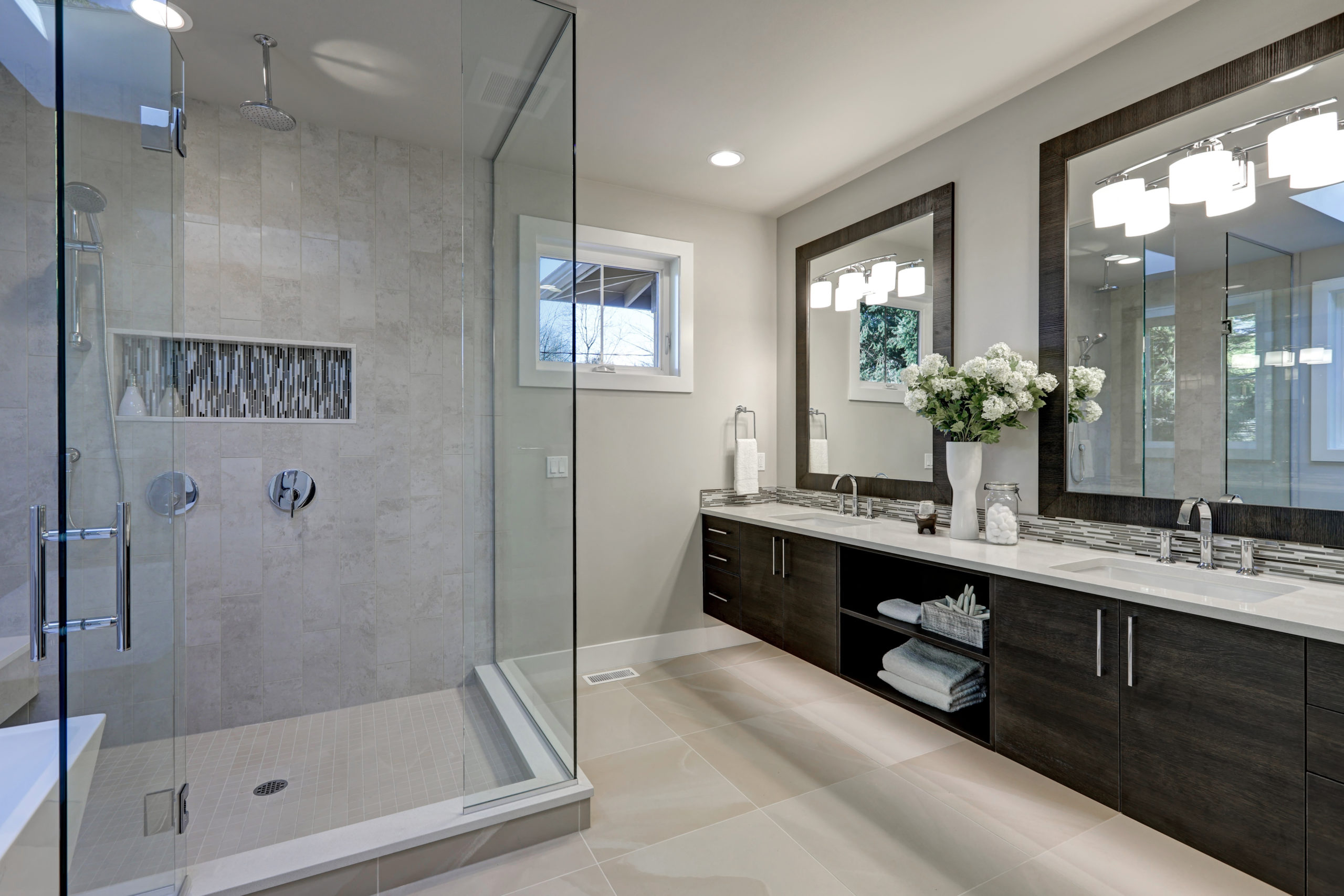This article in the next paragraphs in relation to How to Install a One-Piece Shower Unit is exceedingly stimulating. You should look it over.

An effective shower installment calls for cautious preparation and also a great deal of work. In most cases, you will require to do three sorts of tasks: framing wall surfaces, mounting the plumbing, and also completing walls.
Prep work
Firstly, you should choose the type of shower that you desire to set up. It is necessary to determine whether the picked shower can handling certain systems and also can manage a risk-free level of water via the boiler. A lot of shower systems nowadays are designed to be flexible to different water stress (such as stored warm water as well as chilly mains).
It is also essential to take into consideration the water stress as well as the planning of the piping and also drain for the shower
Different Types of Shower Units
Approach
Depending upon the sort of shower you desire to install, the shower head should either be fitted in order to avoid its contact with the water in the bathroom listed below or the base tray, or it needs to have a check valve.
Before starting, it is recommended to note the positions of the shower head and control, and to plan the pipe-work included. Furthermore, the drain system to eliminate the waste water will certainly require to be prepared. Both settings of the cable television route and the shower switch will certainly additionally require to be thought about if an instant or electrical shower unit is being set up.
Make use of the direction overview provided with the shower unit to fit the shower control.Before suitable the pipes that will supply the water to the shower system, it is very important to cut off the water system. In order to secure the pipes, they should be offered a waterproof covering and also fitted with separating shutoffs. The pipelines can then be buried into the wall and also smudged over to neaten the overall look.
Fit the base tray, shower head, and also fittings.
Link the primary shower control to the pipelines that will be supplying the water (This might require a women screw thread adapter).
Reconnect the water system as well as test the pipelines for any type of leakages, as some may need tightening up.
If you are mounting an electrical shower, bear in mind to turn off the electricity supply before making any kind of electrical connections. Once these connections have been made (there must be advice within the instruction manual), the power supply can be switched back on.
Adjusting Water Pressure to Match Your Shower
The cold water storage tank can be lifted to a higher elevation (often just 150mm (6inches)) by installation a strong wooden assistance beneath it - potentially composed of struts and blockboards. If you select this option, the major as well as circulation pipes will certainly likewise have to be elevated to meet the brand-new height of the storage tank.
Alternatively, a booster pump (a solitary pump or a dual/twin pump) can be fitted. Whichever kind is picked, it should be attached right into the power supply in order to run.
Piping and Drain
It is best to use 15mm size supply pipelines, and also make the go to the shower as brief and also straight as feasible so regarding maintain maximum pressure as well as minimise warm loss. In addition, by minimising the use of elbows for pipe edges, you can reduce the resistance in the circulation of the water system. You can achieve this by flexing the pipelines rather.
A Lot Of Usual Errors
How Do You Install a Shower? Follow This Guide
Installing a Shower at a Glance
Tools & Materials: Level, electric drill, caulk, hole saw, cedar shims, shower unit Step 1: Drill pilot holes Step 2: Prep fixture holes Step 3: Move unit into place Step 4: Caulk corners and base Step 5: Attach door Step 6: Install shower pan Whenever plumbing is involved in a DIY project, people worry about what might go wrong. The truth is that installing a shower isn’t that complicated, and you can save a lot of money by doing it yourself. You shouldn’t need to make any alterations to your plumbing to complete the job, and most of the tools you need will be provided in your new shower kit.
Can I Install a Shower Myself?
Even if you’ve never installed a shower before, you’ll find this to be a project that is perfectly suited for DIYers with a moderate level of experience. Whether you're doing a bathtub conversion or installing a new stall, most of what you need comes in shower kits that you can purchase from a hardware store. The first thing you need to do is determine what type of shower stall you want.
Single-panel stalls are the easiest to install because they come preassembled. All you need to do is put them in place. Multi-panel showers require a few additional steps, but you’ve got more control over the appearance of your unit. Multi-panel units are also much easier to handle if you’re going to do the installation without any help.
Be sure to take all appropriate safety precautions, such as wearing eye protection and gloves. When you’re removing or installing a shower unit, you might kick up debris that could hurt your eyes. You’ll also need to work with equipment that will get extremely hot, so be sure to have safety gloves handy.
Tools and Materials
2- to 4-foot level Electric drill with a 1/8-inch drill bit Caulk 2-inch hole saw Cedar shims The unit itself Before You Begin: Prep the Space
It’s highly important to measure your space accurately before putting the stall in. Measuring from the floor upward and from each corner outward will ensure you’ve got the right measurements. What you’re looking for is where the plumbing apparatuses are going to come through the stall. Transfer these measurements over to the back of your unit by drawing the locations of these holes using a pencil or marker.
Pull out your old shower and make sure to scrape off all the old caulking. Be thorough because you want to work with smooth surfaces for the best installation. Once you’ve pulled out your existing shower, you need to make sure that the floor is clean and dry. The best way to clean debris is with a shop vacuum, as it’ll soak up water and dirt together.
If you’re experiencing any plumbing issues, such as low water pressure, this is a perfect opportunity to solve them. Make sure that the pipes themselves are not in need of patching and clean your showerhead. When you turn the water back on after your project, check the pipes for signs of wear or disrepair. Anything beyond minor repairs should be handled by a plumber, and this is the best time to bring in a professional.
If the floor has any moisture at all, don’t proceed until it’s completely dry. The last thing you need is for the floor to rot or invite mold and mildew into your base. Once everything is dry, apply waterproof wallboard to the walls. This can be attached with screws or nails, then sealed with caulk so that water doesn’t seep into any crevices.

Do you really like more info about How to Install a Freestand? Leave a remark down below. We will be delighted to know your responses about this blog. We hope to see you back again in the future. Don't hesitate to take a moment to promote this page if you appreciated it. Many thanks for your time. Kindly stop by our site back soon.
Get A Free Estimate
 Patrick Renna Then & Now!
Patrick Renna Then & Now! Judge Reinhold Then & Now!
Judge Reinhold Then & Now! Seth Green Then & Now!
Seth Green Then & Now! Tiffany Trump Then & Now!
Tiffany Trump Then & Now! Shannon Elizabeth Then & Now!
Shannon Elizabeth Then & Now!